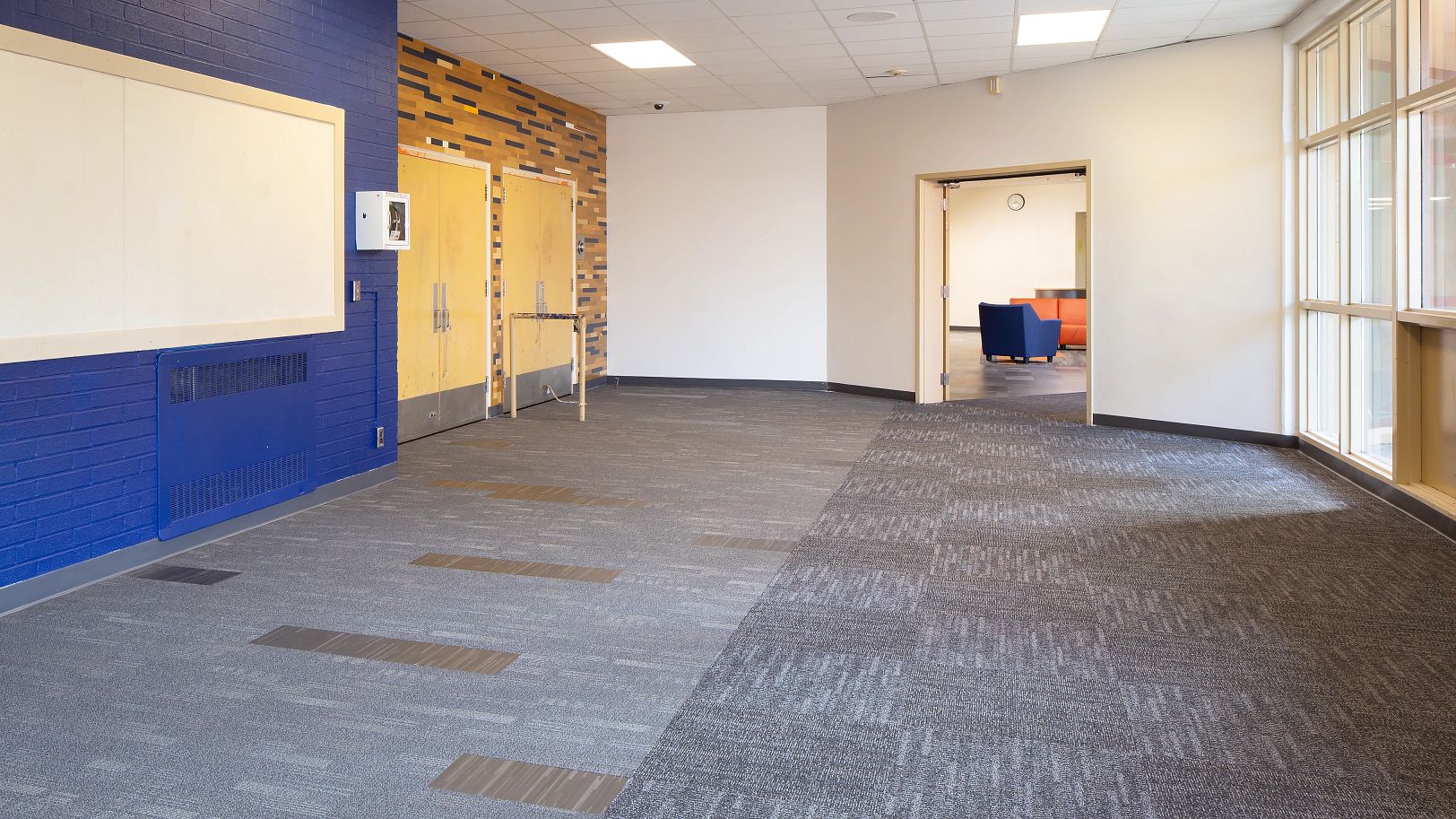EDUCATION
Interiors as Active Participants
Almost overnight, much of our life turned on a dime due to a global pandemic. The system we have known will adjust gradually, and in time we may no longer remember the norm before such changes. Amid the experiences perceived as “lost,” there exist opportunities for transformation that may be beneficial in the long-run. Increasingly sophisticated and flexible use of technology, a revived appreciation for outdoor spaces, and more engaging class sizes are some of the changes that present opportunities to enhance learning practices well into the 21st century and beyond.
The following are considerations for design ideas that consider new and repurposed interior elements as active participants in learning spaces. These may be temporary solutions to navigate the current health challenges or could be permanent fixtures to positively support learning for years to come.

CAN YOU HEAR ME?
As more learning spaces are shifting to a blend of carpet and resilient surfaces, other interior elements can assist with sound dampening to support in-person and online learning, ensuring the teacher and students can be heard clearly without sound reverberation. Adding mass is a key component of sound absorption to control in-room noise. Consider carpet area rugs under a teacher’s desk, acoustic panels on ceilings or walls, or canvas artwork or curtains, all which provide acoustical benefits.
FIND YOUR SPACE
As spaces are being used for multiple purposes, consider how to help students find their way through unfamiliar hallways such as by using banner stands with school branding to delineate space, create zones, or establish wayfinding. Large planters can be used to both bring in nature and delineate space, and smaller plants can act as visual cues outside teachers' classrooms, allowing students to readily find their destination when looking down a corridor.

KEEP THE OUTDOORS, OUT
A study by the International Sanitary Supply Association (ISSA) determined that 1,000 people in 20 days can track 24 pounds of soil into a space. The cost to remove one pound of soil is approximately $600. The dirt that comes into a space must be removed from a space. Walk off flooring traps up to 80% of the soil brought into a building in the first 12-15 feet, lowering the frequency of deep cleanings and making regular cleanings more efficient. Keeping dirt out of your space will allow staff more time for preventative maintenance, protecting your investment and reducing the total cost of ownership for years to come.
TAKE A VIRTUAL FIELD TRIP WITH FLEXSPACE.ORG
As the name implies, the Flexible Learning Environments eXchange (FLEXspace) is an online resource for the open exchange of ideas about learning spaces. FLEXspace curates imagery, research, and best practices to help educators and planners navigate current challenges without ever leaving your sofa.

For additional design ideas for making interior elements active participants in learning environments, view Shaw Contract’s Return-to-Schoolbook.
October 27, 2020
 By using our site you accept our terms of use and privacy policy.
By using our site you accept our terms of use and privacy policy.